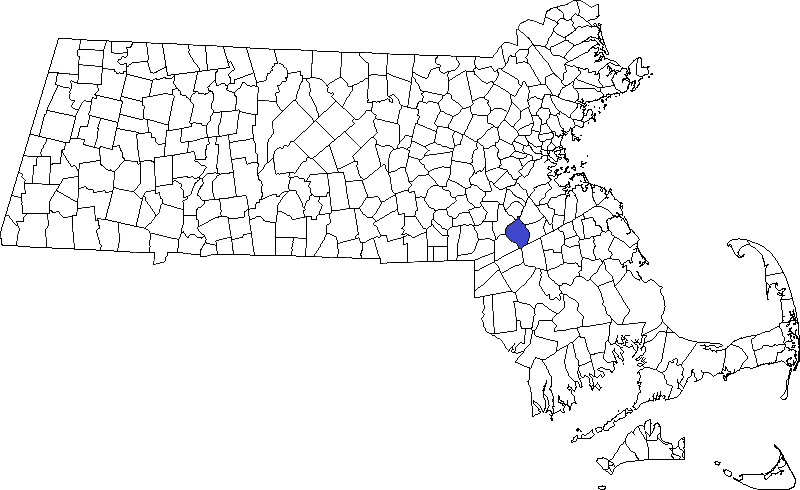

Location: Rock Ridge Cemetery, 101 East Street, Sharon
Coordinates: 42°06’40.7″N 71°09’58.3″W
Date dedicated: May 20, 1908
Architect/contractor/sculptor: Theo Alice Ruggles Kitson, sculptor; Bureau Brothers of Philadelphia, foundry
Number of names: 18 men who died in the war
Sharon’s Civil War monument is one of several copies of a splendid sculpture known as “The Volunteer” by Theo Alice Ruggles Kitson. The first version of “The Volunteer” was sculpted in 1902 for Newburyport’s Civil War memorial. It was reproduced for the Massachusetts Civil War monument at the Vicksburg National Military Park and later for several Massachusetts towns including Ashburnham, Sharon and Townsend. For a more detailed description of Kitson’s life and work, see the Newburyport page. A brief summary will be offered here.
Kitson was the most prolific American female sculptor of the early 20th century. Her sculptures are featured in almost every state in the country. A native of Brookline, she showed great skill in sculpting from a young age. She encountered significant prejudice in the artistic world being a young woman but found that doors opened when she applied to art schools and sought commissions under the name “Theo” rather than Theodora.[1] She married an up-and-coming young sculptor named Henry Hudson Kitson and trained in Paris where she earned an honorable mention at the Salon in 1890 (the first woman to do so). She and her husband returned to Massachusetts in 1893 and set up a studio in Boston. She was the first woman admitted to the National Sculpture Society in 1895.[2]
“The Volunteer” is remarkable for its detail and its lifelike sense of movement. Kitson deliberately wanted to break away from the rigid parade-rest soldiers of prior decades and to depict the volunteer as he truly was. He is in light marching order (any excess baggage discarded), coat unbuttoned, trousers bloused into his woolen socks, blanket roll across his chest, and his musket thrown over his shoulder in a loose version of right-shoulder-shift. The sculpture is genuine and accurate.
Sharon’s version is unique in that the facial features were completely altered from the original. With mustache and slightly heavier features, Sharon’s Volunteer appears just slightly older and perhaps has more of an air of experience about him. Exactly why Sharon’s version is different is not clear. One might assume that the committee simply wanted their town’s statue to stand apart. It is not the only statue in Massachusetts to have minor alterations from the original. (See Easton and Taunton).
The monument was a gift to the town by George Washington Gay and his wife Eunice Lyon Gay. Their son, George H. Gay, enlisted with the 33rd Massachusetts Infantry at age 18 while still a student. He was mortally wounded during the Battle of Dallas, Georgia on May 25, 1864 and died the next day. The monument is dedicated to him and all of Sharon’s “sons who fell in the Great Civil War 1861-1865.” G. W. Gay was the grandson of Deborah Sampson Gannett, the famous woman from Sharon who disguised herself as a man to serve in the Revolutionary War.[3]
The left panel of the Sharon Soldier’s monument therefore bears a plaque dedicated to her memory. The right panel bears an inscription to the “Men of Sharon Who Gave Their Lives That Their Country Might Remain Un-Divided, Roll of Honor, To the End That Their Services and the Principles for which They Fought May Be Kept in Remembrance.” The names of 18 men from Sharon who died in the war are listed.[3]


[1] Ethel Mickey, “Memorial artist honored nearly a century later,” Salem News, July 27, 2010.
[2] Jules Heller and Nancy G. Heller eds., North American Women Artists of the Twentieth Century: A Biographical Dictionary, (Routledge Press, 2013), 305.
[3] Massachusetts Cultural Resource Information System, “The Volunteer of ’61”, SHA.930